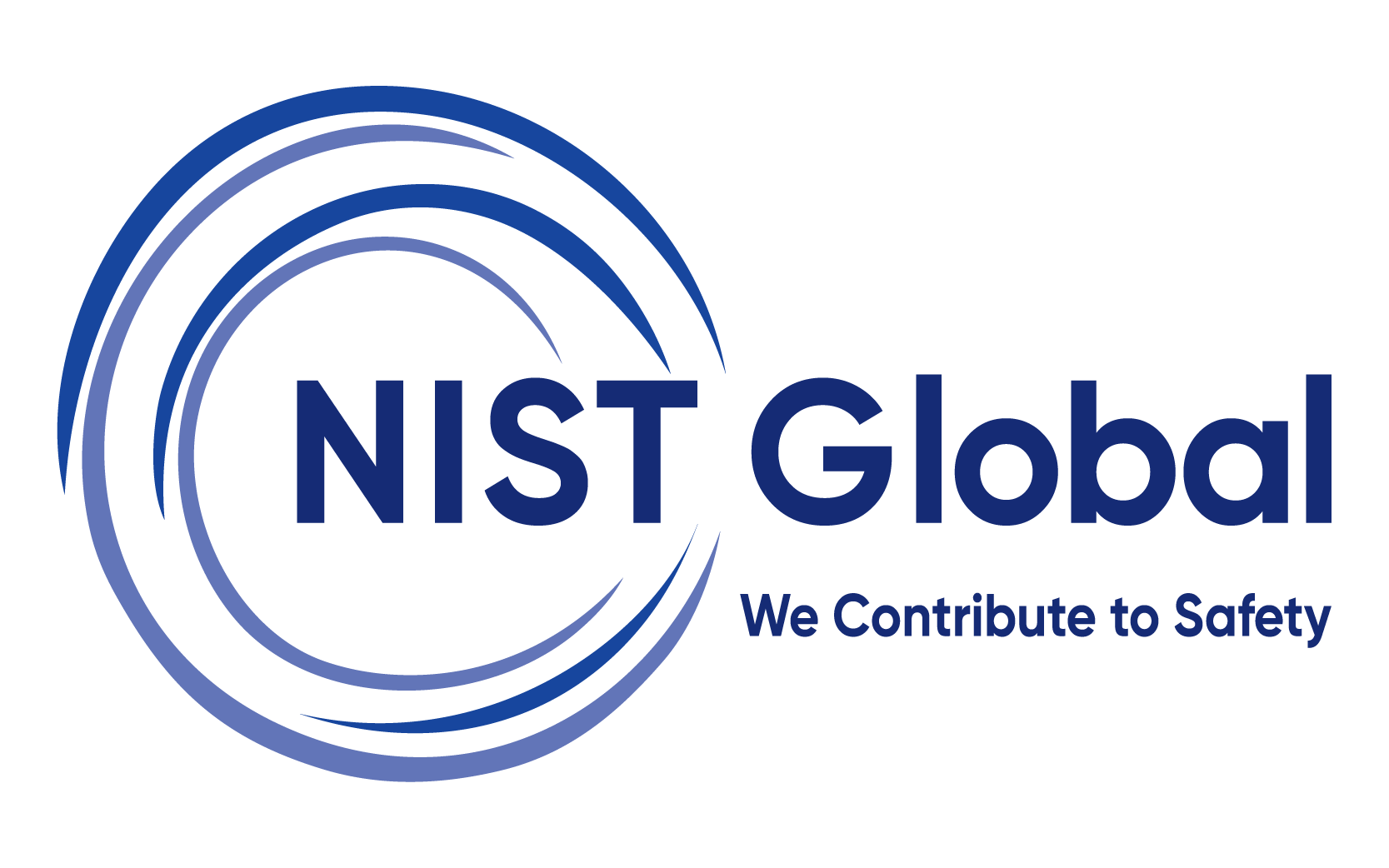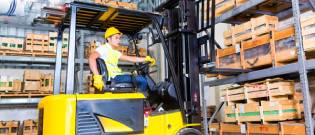Warehouse Safety
Warehouse plays a key role in ensuring the smooth operations of the manufacturing and retail sectors as well as catering to the overall supply chain in the economy. Though it offers so many advantages to businesses and consumers, warehouse operations create numerous health and safety risks. Therefore, warehouse safety training is the need of the hour to limit accidents, prevent expensive damage to equipment, and inventory, and ensure higher employee satisfaction.

Introduction:
A warehouse is a large building dedicated to receiving, storing, and distributing goods and materials efficiently. It plays a key role in ensuring the smooth operations of the manufacturing and retail sectors as well as catering to the overall supply chain in the economy. Though it offers so many advantages to businesses and consumers, warehouse operations create numerous health and safety risks. This has been overlooked and failed to ensure the safety of the employees who are in the process of scanning, stocking, picking, and sorting the goods in warehouses across the globe.
In relation to this aspect, several surveys have found that forklift accidents are the most dangerous in warehouse operations, resulting in fatalities, while slips, trips, and falls account for the majority of non-fatal injuries. Other than this, the docking operations of large containerised trailers and their loading and unloading also lead to a large number of avoidable incidents.
Therefore, it is the responsibility of the employer to create a robust safety plan and provide necessary safety training to their employees in all aspects of the job, right from menial to the riskiest activities in the workplace. This is to ensure that they work safely and protect themselves and anyone who may be harmed as a result of their behaviour.
Common Warehouse Hazards
It is necessary to become aware of common warehouse hazards & dangers in warehouse operations; as they can result in injuries and in worst-case scenario, fatality
Forklifts
Power driven equipment like Forklift is required to move products/goods within the building. Every year, forklifts turnovers account for a large number of deaths and accidents in the workplace.
Slips, Trips, and Falls
Spillages on the floor, uneven walking surfaces, loose flooring, pallet fragments and other debris are some of the reasons that lead to slips, trips and falls.
Docks
Injuries occur as a result of forklifts running off the dock, products falling on employees or equipment striking a person. In addition, large containerised vehicles are moving around the outskirts, with many of them reversing.
Conveyors
Conveyors pose a serious danger to workers as they get caught in pinch points or in nip points and are struck by falling objects.
Materials storage and racking systems
Improper stacking of loads may fall and injure workers. Similarly, the collapse of warehouse racking can be caused by structural deterioration over time. When racks collapse, they often cause a cascade of problems for the building, inventory, property, and workforce.
Manual lifting/handling
Improper lifting or overexertion results in back injuries and musculoskeletal disorders.
Hazardous chemicals
Inadequate handling and storage of hazardous chemicals may result in a physical hazard (e.g., fire due to their combustible or explosive nature) or a health hazard (acute or chronic health problems due to their irritant, corrosive, or carcinogenic properties).
Charging stations
Charging stations powered by gasoline, liquefied petroleum gas (LPG), or a battery are typically found at warehouse facilities to refuel or recharge powered equipment. Fires and explosions might occur if not adhering to warehouse safety requirements.
Significance of warehouse safety training
With reference to the above context, it is very well understood that warehouse safety training is the need of the hour to limit accidents, prevent expensive damage to equipment, and inventory, and ensure higher employee satisfaction.
Our institute, NIST, re-invents the quality of health and safety education with its unique strategies to help the delegates attain health and safety knowledge with ease. With a team of dedicated experts and industry professionals, we have designed a list of courses exclusively related to warehouse hazards. These courses provide deeper insights into the management of warehouse hazards in accordance with international standards.
As a result, corporates involved in warehouse businesses should register their employees in these courses to make them proactive in handling warehouse mishaps, reduce the risk of injuries and illnesses, and produce cost savings.

